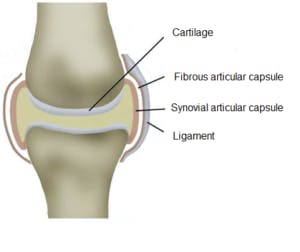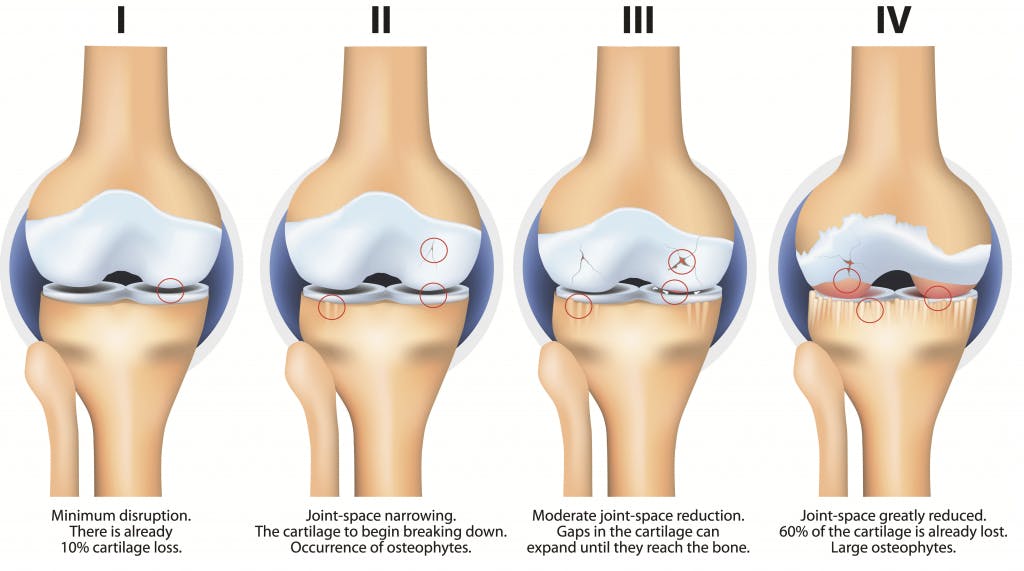Ellen used to spend hours gardening. From digging, planting, and pruning, it was her peaceful place. But over the years, her hip pain took that away, and she could no longer bend or twist like before, and even walking became a daily challenge.
Eventually, her doctor gave the answer she’d been avoiding: replacement surgery.
The process was successful, but Ellen soon realized surgery was just the first step. Getting her life back would take effort, guidance, and time. That’s where physiotherapy came in. If you’re wondering what that recovery looks like, here’s a practical breakdown of the recovery timeline.
What Happens After Hip Replacement Surgery?
After surgery, your hip will need time to heal and adjust – American Academic Association of Orthopedic. The muscles, bones, and soft tissues around your new joint require relearning how to work together. That’s where physiotherapy plays a huge role. With the right plan, you can gradually return to walking, climbing stairs, and doing what you love, just like Ellen.
Week 1: Getting Started
Recovery starts fast. Often within a day or two, you’ll be up on your feet. This early movement isn’t about being tough, it’s about helping your body heal properly.
Your physiotherapist will guide you through basic exercises such as:
- Ankle pumps to keep your blood flowing
- Gentle glute squeezes and leg lifts
- Sitting and standing with support
You’ll also learn how to use a walker or crutches safely. At this stage, we aim to prevent stiffness, avoid blood clots, and wake up your muscles.
“We always tell patients that the first few weeks after hip surgery are critical, seriously! This is not just for healing but for setting the tone for long-term success,” says Lalitha, a physiotherapist at Brentwood Physio. “Consistency with movement, even on tough days, makes all the difference.” Brentwood Physio has the hip replacement physiotherapy in Calgary contract and works directly with post patients who are recovering from hip replacements.
Tip: Keep a pillow between your knees when sleeping. It helps prevent unwanted twisting and protects your new hip.
Weeks 2–4: Building Strength
Swelling goes down, and movement becomes easier. Your physio program becomes more active, and you’ll now start working on:
- Walking longer distances (with less support)
- Improving your posture and balance
- Gentle stretches for your hip and thigh
- Climbing stairs with help
Some people move from a walker to a cane around now, but everyone’s different. If you have a rough day, rest. That’s part of the process, too.
Real talk: Soreness is normal, but sharp pain isn’t. Don’t push through it. Tell your physio if anything feels off.

Weeks 5–8: Moving with Confidence
By now, many daily tasks feel easier. You might be walking indoors without help, getting dressed, and preparing meals.
Your physio plan will shift to focus on:
- Strengthening the muscles around your hip
- Regaining flexibility in your leg
- Doing balance and coordination exercises
This stage often feels like a turning point. You’ll be moving more freely and with less hesitation
Months 2–3: Back to Routine (Almost)
This is the transition period when your hip is stronger. You’re not 100% yet, but you’re close. If you’ve kept up with physio, the progress is real.
Here’s what this phase might include:
- Side steps and mini squats
- Light resistance band work
- Lower body workouts (with your therapist’s guidance)
If your work is physical (lots of standing, lifting, or bending), your therapist will guide your return more slowly.

Month 4 and Beyond: Long-Term Recovery
You might wake up and forget you even had surgery. That’s a good sign. But don’t drop the ball just yet.
Most people feel about 90% better by month four, but full healing often takes 6 to 12 months.
Keep going with:
- Home exercises
- Walking, biking, or swimming
- Regular check-ins with your physio (yes, they’re still helpful)
Remember: Skip running, jumping, or high-impact sports unless your surgeon says otherwise.
I interviewed Goapl owner of Grand Prairie Physiotherapy and asked him what is the best mentality patients can have to have when going into physiotherapy for the first time? He said “Approach physiotherapy with patience and a growth mindset. Progress is often gradual so celebrate the small wins while staying committed to the process. Trust your physio and communicate your goals and challenges. Every day isn’t going to be perfect. Remember that consistency, not perfection, is key to long-term recovery.”
Final Thoughts
Ellen stuck to her plan, one step at a time. Some weeks felt slow, but now she’s back in her garden, kneeling, planting, smiling. No pain, no limp. Just her and the tulips.
If you’re preparing for hip surgery, remember this: It’s about moving without fear, standing tall, and what you love.
And you can get there.









